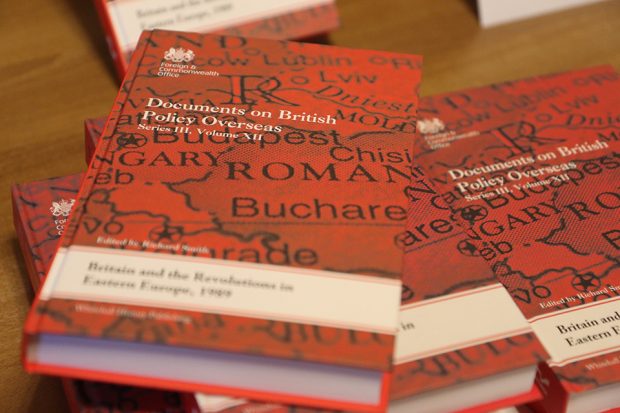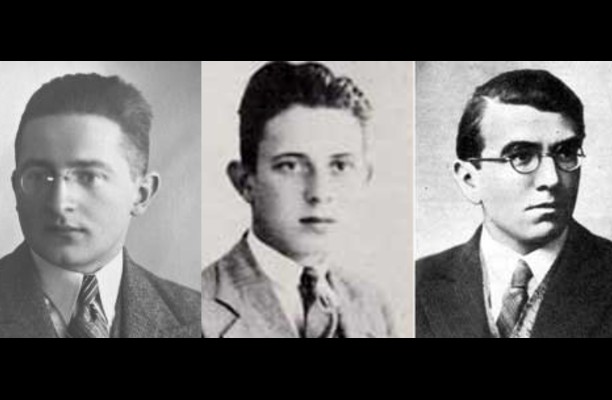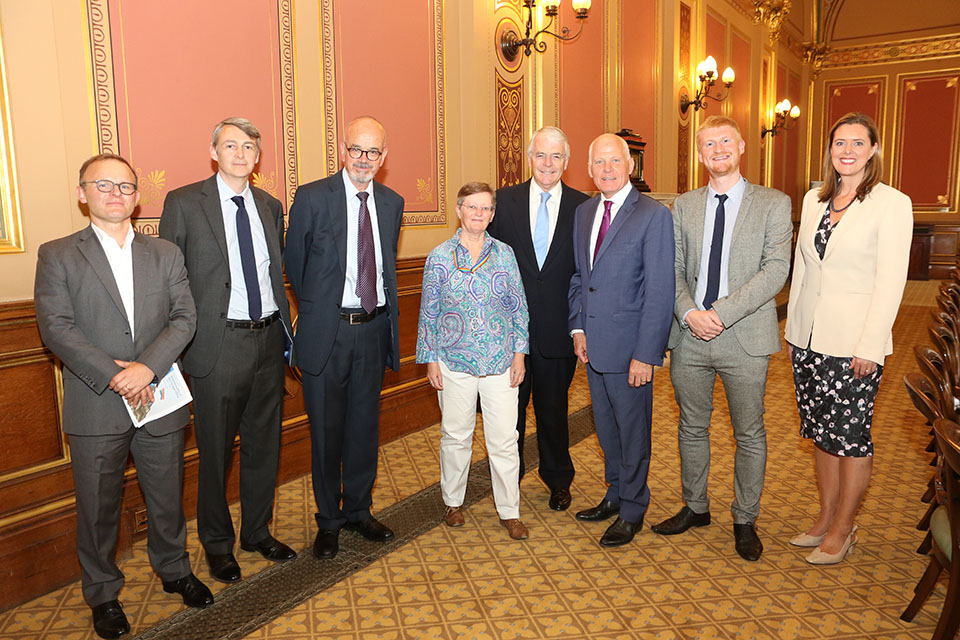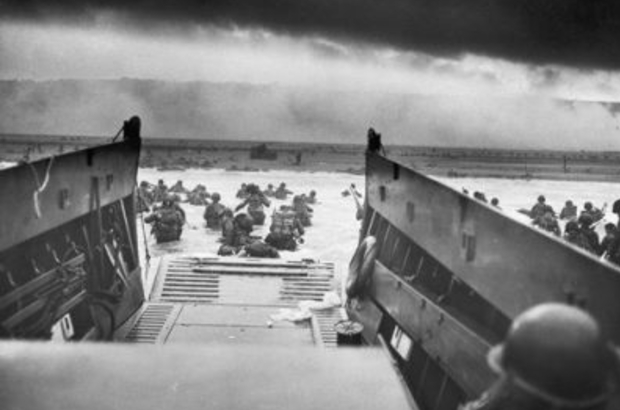Search results for VIPREG today betwinner promo code Hungary
...Lichnowsky for Germany, Count Benckendorff for Russia, M. Cambon for France and Count Mensdorff for Austria-Hungary. The Permanent Under-Secretary of the Foreign Office corresponded privately with diplomats, especially those in...
...year in Bulgaria, Czechoslovakia, East Germany, Hungary, Poland and Romania. It contains reporting from British embassies on the rapidly changing political scene, and documents attempts in London to develop policy...
The 3 Polish codebreakers Marian Rejewski, Jerzy Rozycki and Henryk Zygalski ‘Il y a du nouveau’ On 26 July 1939, in the Pyry Forest south of Warsaw, Polish cryptologists revealed...
How the West was won 65 years ago today the North Atlantic Treaty was signed in the State Department auditorium in Washington. An organisation was born—NATO—that remains a cornerstone of...
...not happen today, and I rejoice in that change. I think that Major’s remarks identify an important lesson for today’s FCO about diversity: if we exclude different types of people,...
...the streets. The opening of the border between Hungary and Austria on 10 September was a milestone, allowing the thousands of would-be emigrants who had gone on ‘holiday’ to other...
...the Normandy shore - @Wikimedia Commons Seventy years ago today, 130,000 American, British and Canadian troops began the largest seaborne assault ever attempted: Operation NEPTUNE, the assault phase of OVERLORD,...
...today, the term remains in use as shorthand for Russian security and intelligence officers. The Cheka’s symbols were the shield and sword, the first to defend the revolution and the...
...arrive and were often written in code in case they were stolen by foreign spies. When his conduct at the 1814 Congress of Vienna was later challenged in Parliament, Castlereagh...
...that symbolised their service to the war (Figures 3 and 4); a code of conduct (although this was not uniform across the counties), and faced disciplinary action for misdemeanours.[12] Whilst...








